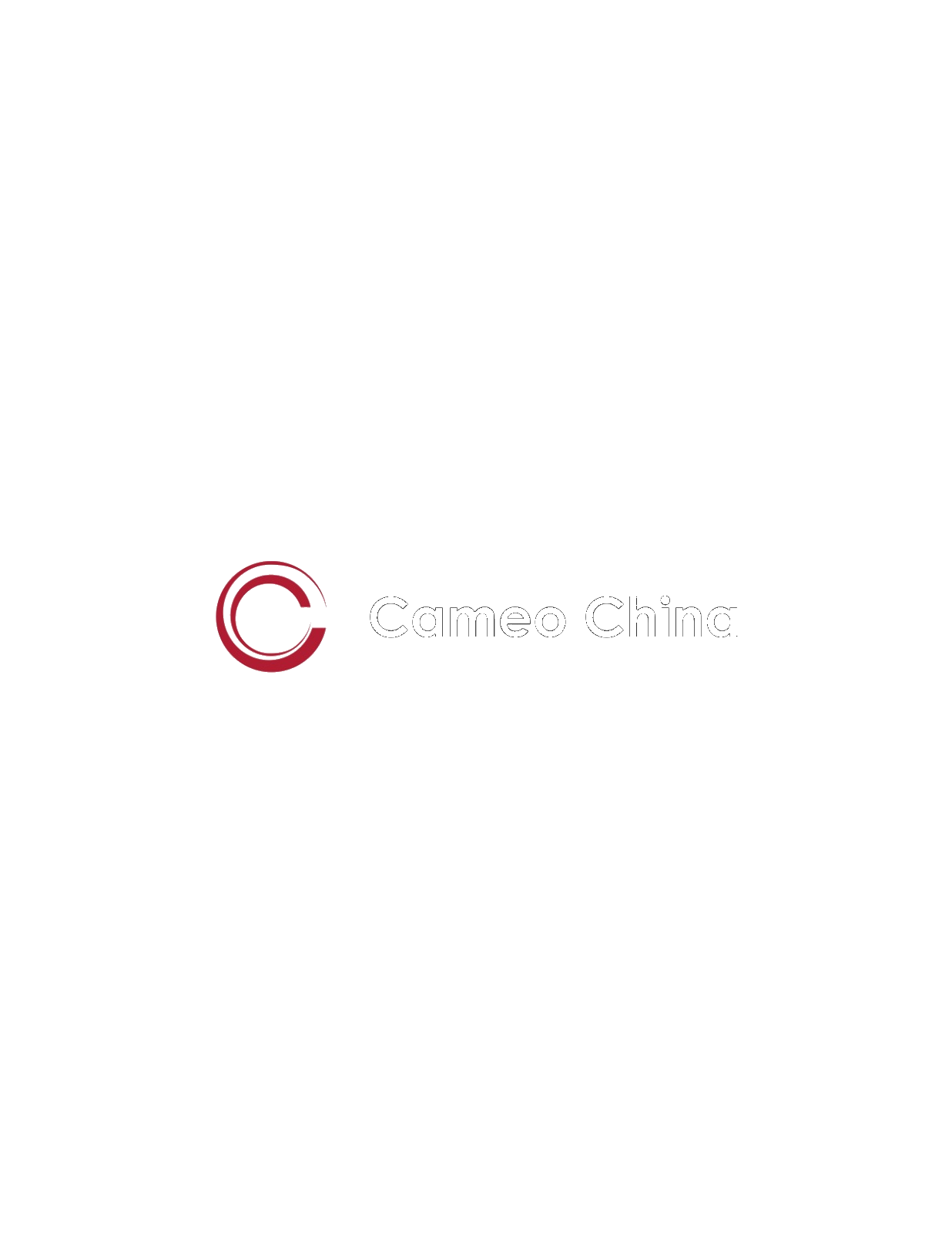Introduction: The Dual Challenge of Modern Hospitality
In today”s US economic climate, the hospitality industry faces a formidable dual challenge: on one hand, operational costs, from ingredients to labor, are steadily rising. On the other, consumers are increasingly price-sensitive, scrutinizing every dollar spent dining out. Navigating this tightrope requires more than just culinary skill; it demands sharp business acumen. This is where strategic menu engineering, with a keen eye on details like chinaware selection and utilization, becomes a critical lever for maintaining, and even boosting, profitability. A well-engineered menu isn’t just a list of dishes; it’s a powerful sales tool, a cost-control mechanism, and a reflection of your brand’s value proposition.
Step 1: Deep Dive into Your Current Menu & Food Costs
Before you can re-engineer your menu for success, you need a clear understanding of its current performance. This involves a thorough analysis of both sales data and food costs.
- Identifying Winners and Losers: Which menu items are your stars (high popularity, high profitability)? Which are your plowhorses (high popularity, low profitability), puzzles (low popularity, high profitability), or dogs (low popularity, low profitability)? This classic menu engineering matrix provides a crucial starting point.
- Tracking Ingredient Price Volatility: The current US economy has seen significant fluctuations in ingredient prices. Are you closely tracking these changes? Which ingredients are most susceptible to price swings, and how do these impact the cost of your most popular dishes? This granular understanding is vital for making informed decisions.
Step 2: Strategies for Cost-Effective Menu Design
Armed with data, you can begin to implement strategies that enhance profitability without alienating your customer base.
- Ingredient Optimization & Cross-Utilization: Design dishes that share common ingredients. This not only reduces waste and simplifies inventory management but can also lead to better pricing from suppliers due to larger volume purchases. Prioritize seasonal and locally sourced ingredients where feasible; they can often be more cost-effective and appeal to consumer demand for freshness and sustainability.
- Mastering Portion Control: Consistency in portioning is key to managing food costs. However, portion control doesn’t mean skimping. It means delivering a satisfying amount consistently, which also helps in managing customer expectations and perceived value. Proper training and the right serving tools are essential here.
- Recipe Re-engineering for Profit: Can you subtly modify recipes for high-cost, lower-profit items? This might involve substituting a less expensive but still high-quality ingredient, or slightly adjusting the ratio of components. The goal is to reduce cost without a noticeable drop in quality or flavor that could disappoint loyal customers.
- Leveraging Limited Time Offers (LTOs) & Specials: LTOs are an excellent way to capitalize on seasonal ingredient abundance (which often means lower prices) or to test new menu items with minimal risk. They also create a sense of urgency and excitement, potentially driving traffic.
Step 3: The Unsung Hero – Chinaware’s Role in Value Perception & Cost Control
Chinaware is often overlooked in menu engineering, but its impact on both perceived value and cost control can be substantial.
- The Power of Versatile Chinaware: Investing in high-quality, versatile chinaware can be a game-changer. Select plates, bowls, and platters that can beautifully present a wide array of dishes. This reduces the need for an extensive and often underutilized inventory of specialized pieces, saving on initial investment, storage space, and potential breakage costs. For instance, suppliers like Cameo China often maintain regular stock of such versatile collections, alleviating the need for businesses to overstock and tie up capital. Furthermore, their experienced teams can be a valuable resource in helping find the perfect chinaware solutions to complement specific menu needs and presentation styles.
- Enhancing Visual Appeal & Perceived Value: The right chinaware can make even a more cost-effective portion look abundant and appealing. Consider the color, shape, and size of the plate. A smaller, well-chosen plate can make a standard portion appear more generous. Strategic plating techniques, using the chinaware as a canvas, can elevate the entire dining experience and justify price points.
- Optimizing Dish Size to Menu Items: Avoid the pitfall of serving dishes on inappropriately sized chinaware. An oversized plate can make a perfectly adequate portion look small, tempting chefs to add more (costly) garnishes or sides to fill the space. Conversely, a plate that’s too small can make the dish look cramped and unappetizing. Ensure your chinaware inventory is thoughtfully matched to your menu offerings.
Step 4: Smart Pricing Strategies for a Challenging Economy
How you price your menu items is just as important as what’s on the menu.
- Beyond Cost-Plus: While understanding your costs is fundamental, don’t rely solely on a simple cost-plus pricing model. Consider perceived value, competitor pricing, and your target audience’s willingness to pay.
- Tiered Pricing, Combos, and Value-Driven Options: Offer a range of price points to appeal to different budgets. Combo deals can increase the average check value while offering perceived savings to the customer. Ensure you have appealing, value-driven options that don’t compromise your brand’s quality.
- Communicating Value Effectively: Your menu descriptions, staff recommendations, and even the ambiance of your restaurant all contribute to communicating value. Highlight unique ingredients, special preparation methods, or the story behind a dish to enhance its perceived worth.
Conclusion: Engineering Profitability in Tough Times
In the face of rising costs and price-conscious consumers, smart menu engineering, thoughtfully supported by strategic chinaware choices, is not just a tactic—it’s a cornerstone of a resilient and profitable hospitality business. By analyzing your current offerings, optimizing ingredients and portions, leveraging the subtle power of presentation, and pricing strategically, you can navigate the current US economic climate with confidence.
Call to Action: When was the last time you conducted a thorough menu profitability analysis? Take the time this week to dive into your numbers. Simultaneously, review your chinaware inventory. Is it working for you, or against you? Consider how versatile, durable, and aesthetically pleasing chinaware from dependable sources, such as Cameo China, can support your menu engineering efforts and enhance your bottom line. Consulting with their experienced team can also provide fresh perspectives on optimizing your selections for your specific menu needs.




